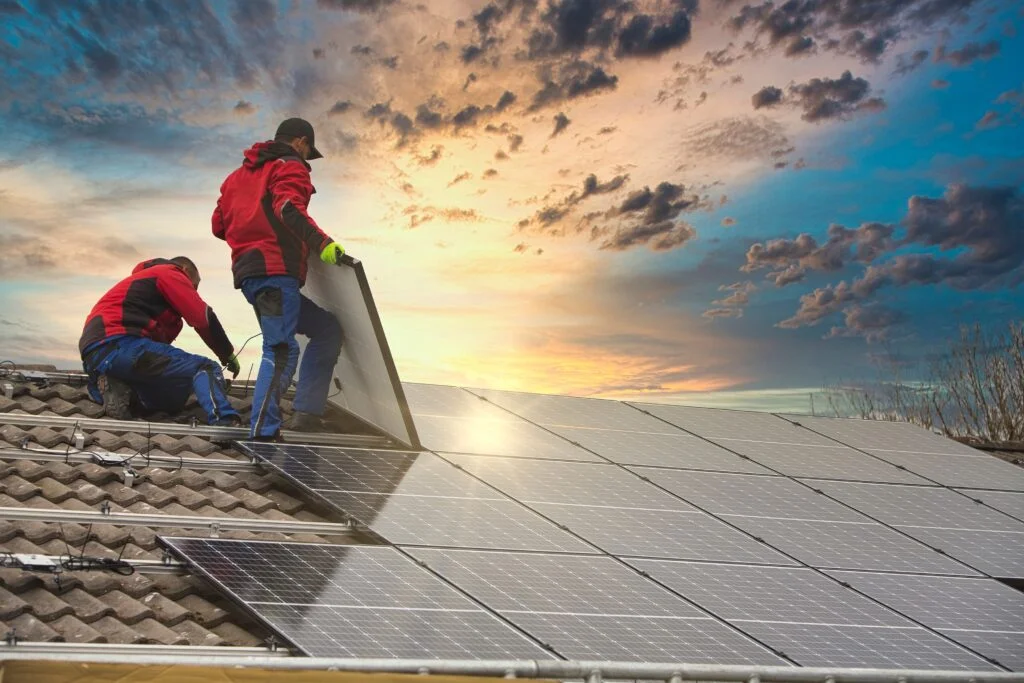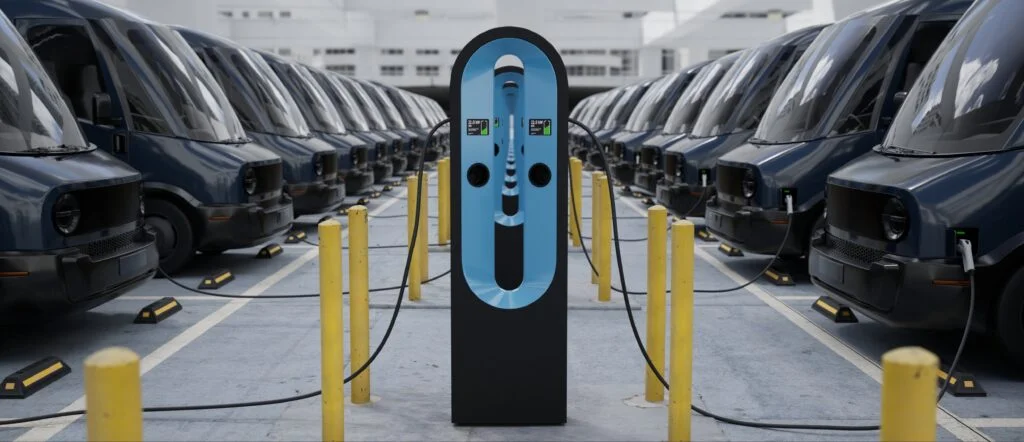- Projects
Charting a Path to Net Zero: ACT Gas Transition Analysis
Commitment to Net Zero Emissions and the Need for Gas Decommissioning Analysis
The ACT Government has committed to achieving net zero emissions by 2045, requiring a complete transition away from fossil fuel gas. With new gas connections already banned, the government sought a detailed analysis of electrification scenarios to inform policy decisions on decommissioning the gas network. Key challenges included understanding the fiscal impact on consumers, utilities, and government entities, as well as minimizing transition costs while ensuring equity for vulnerable consumers.
Challenges of Gas Network Decommissioning
The ACT is among the first jurisdictions in Australia to legislate an exit from fossil fuel gas, aligning with its broader climate strategy. However, fully decommissioning the gas network presents complex technical, economic, and social challenges. Without a structured transition plan, a ‘defection spiral’—where declining gas customers lead to skyrocketing costs for remaining users—could emerge, disproportionately impacting low-income households. The government required robust modelling to evaluate the impact of various policy pathways and cost-allocation strategies to avoid stranded network assets and unnecessary economic burden.
Energeia’s Approach to Gas to Electrification Transition
Energeia developed a structured approach to assess the ACT’s transition from gas to full electrification. Our methodology included data collection from government sources and Evoenergy, spatial network analysis, consumer surveys, and extensive stakeholder engagement to ensure our inputs and assumptions were robust. We leveraged our in-house electrification modelling framework to simulate gas consumption declines, identify optimal decommissioning timelines, and assess cost impacts across different consumer segments. Additionally, a detailed gas price impact analysis was conducted to evaluate how declining gas demand would affect network costs and remaining consumers. This analysis assessed potential price escalations under different transition scenarios and explored cost-allocation strategies to mitigate financial burdens on households and businesses.
Evaluation of Transition Scenarios
The study assessed four transition scenarios, each designed to capture different pathways for the ACT’s gas phase-out, ranging from minimal government involvement to proactive intervention. Each scenario was evaluated using a benefit-cost analysis (BCA), assessing financial outcomes for consumers, energy providers, and policymakers. The modelling also explored gas price dynamics, grid impacts, and potential strategies to mitigate economic disruption.
Findings and Recommendations for a Structured Transition
Energeia’s modelling demonstrated that a proactive and structured approach to transitioning away from gas delivered the highest net benefits on an economic basis. A well-managed transition balances government investment, consumer affordability, and emissions reductions while mitigating the risk of a gas defection spiral.
Long-term Benefits and Government Policy Support
The analysis found that electrification incentives provided long-term benefits to all consumers by offsetting the upfront costs of appliance replacement with lifetime energy savings. Phased decommissioning of the gas network minimizes stranded asset risks and cost burdens by aligning shutdowns with natural consumer transitions. Additionally, government-led policies that actively support electrification could reduce long-term costs and enhance economic outcomes compared to a passive, market-driven approach.
Impact on ACT Government’s Gas Transition Strategy
The findings provided the ACT Government with clear, data-driven recommendations to guide its gas transition strategy. The study has influenced policy discussions on:
Prioritizing incentives for low-income households to ensure an equitable transition,
Implementing appliance regulations to prevent continued gas reliance,
Structuring gas network shutdown cost recovery to protect consumers from sudden price hikes, and
Integrating electrification strategies within broader energy planning to ensure grid stability.
Incorporating Recommendations into Integrated Energy Plan
The ACT Government is now incorporating Energeia’s recommendations into its Integrated Energy Plan (IEP), refining policy mechanisms to support efficient gas decommissioning.
Conclusion: Supporting a Consumer-Friendly Transition to Net Zero
Energeia’s expertise in energy transition modelling has helped the ACT Government navigate one of Australia’s most ambitious gas phase-out programs. By providing a clear roadmap for electrification, we are supporting policymakers in creating a cost-effective and consumer-friendly transition to net zero. Read the full report here.
For more detailed information on how Energeia can support strategically plan your building electrification, please see Energeia’s webinar and associated materials.
For more information on how Energeia can support your building electrification strategy, please request a meeting with someone from our team.
You may also like

Bridging the Skills Gap: Workforces for Electrification
Australia’s clean energy transition demands a skilled workforce. Energeia’s analysis reveals urgent needs, strategic solutions, and policy pathways to bridge the electrification skills gap and

Unlocking the Potential of Consumer Energy Resources
The AEMC partnered with Energeia to explore how flexible Consumer Energy Resources (CER), like solar, batteries, electric vehicles, and smart appliances, can reduce costs and

Optimizing DC Fast Charging Tariff Structures
Energy Queensland collaborated with Energeia to address financial barriers in EV charging infrastructure, focusing on high network tariffs and demand charges. The study evaluated alternative
